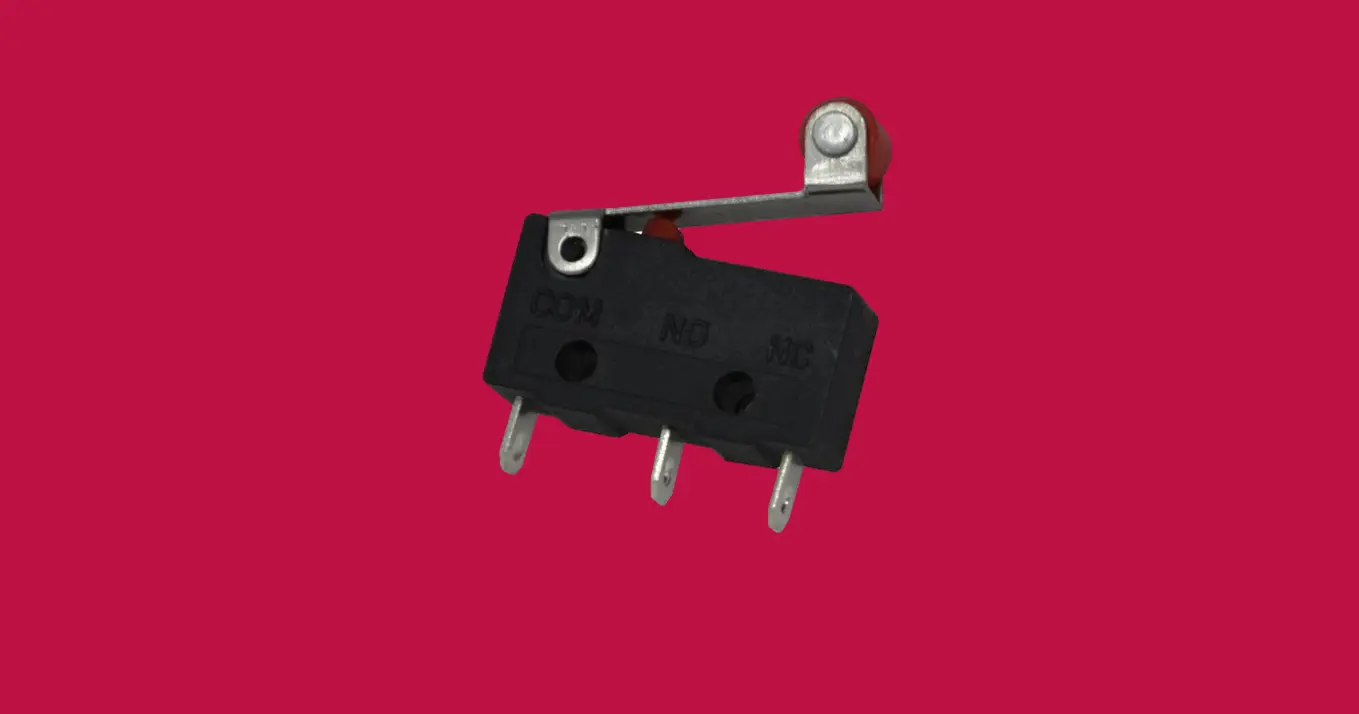It’s often the smallest pieces that wield the greatest influence. The aptly named micro switch serves as a prime example—despite its diminutive stature, this miniscule mechanical marvel punches far above its weight class when it comes to usefulness across countless devices and applications. Companies like JET Hotel Solutions (https://www.jethotelsolutions.com/) utilize micro switches in products that help hotels control lighting, HVAC systems, and electronic door locks.
Ranging in size from a small pea to roughly that of a postage stamp, micro switches may escape notice to the casual observer. But these compact control switches continuously work behind the scenes in machines of every type to regulate systems, activate components, and ensure flawless functionality.
Whether starting a blender, dispensing soda, printing documents, controlling assembly line robotic arms, or even enabling vehicle airbags, micro switches supply the critical on/off triggers.
What Micro Switches Do
Micro switches get their name from their exceptionally compact mechanical profiles. However, the “micro” designation refers specifically to the miniscule physical gap between internal electrical contacts rather than just overall size. This tiny contact gap allows for fast and precise connectivity.
These swift-action switches toggle between just two positions—on and off—through a straightforward yet ingenious spring-loaded internal mechanism. A lever, plunger, or actuator arm extends from the rugged switch housing to transfer external force into interior movement.
When this lever shifts from its neutral center position in one direction, the micro switch closes the circuit contacts. Pushed the opposite way releases the tension and opens the contacts.
The rapid “snap” motion provides positive positioning without ambiguous in-between states. The swift change also creates an audible click as well as a tactile bump feedback that the switch completed transitioning between on and off setting.
In addition to this crisp physical switching functionality, micro switches easily integrate into electronic circuits to control electrical signals.
Tiny as they are, micro switches pack surprising durability, electrical load capacity, and lifetime cycle ratings up into the millions.
Key Micro Switch Variants
While sharing common traits of compact size, snap action, and electrical versatility, micro switches come in an array of configurations tailored to specific needs and environments. Differences include size of base housing, terminations types, contact metals, actuator styles, and enclosure sealing. Some common specific micro switch subcategories include:
Subminiature – The smallest standard micro switches with shorter electrical life expectancy but essential for compact electronics. Popular for printed circuit boards.
High Current – Built with thicker interior metal contacts, these rugged micro switches can conduct up to 20 amps of continuous current. Vital for controlling motors or power tools.
Waterproof – Tight fittings and rubber gaskets prevent moisture or liquids from seeping inside these protected micro switches even when immersed. This resilience suits outdoor equipment.
 Precision Position – Designed with exacting actuator displacement specifications, precision micro switches activate within tighter tolerance windows. This accuracy assists automated robotic applications.
Precision Position – Designed with exacting actuator displacement specifications, precision micro switches activate within tighter tolerance windows. This accuracy assists automated robotic applications.
By offering such a wide breadth of physical builds, electrical capacities, and sensitivity settings, micro switch manufacturers allow functionality tailoring for virtually any device in consumer, commercial, industrial, aerospace, medical, transportation, and military sectors.
Practical Micro Switch Uses
Just a short list of common household and commercial implements benefiting from strategically embedded micro switches helps illustrate the versatility and indispensability of these diminutive gadgets:
Vending machines – Micro switches not only detect inserted coins but also if merchandise or change dispensed properly. If not, the switches revert the transaction.
Printers – Signals from switches monitor paper tray levels, document jams, maintenance access doors, and output tray stacking to improve print processing.
Microwaves – Latch engagement switches cut power when the door opens while other monitors confirm if the door fully closed before activating magnetrons.
Garage Door Openers – Micro switches facilitate automatic cutoff if doors encounter obstacles during opening or closing to enhance safety.
Power Tools – Variable speed triggers rely on arrays of embedded micro switches to smoothly adjust rotational velocities when using drills, circular saws or angle grinders.
In addition to improving user experiences through refined device controls, micro switches also safeguard humans working with heavy machinery. Assembly line equipment often integrates small sliding lever, roller plunger, or rotating paddle micro switch types to disable high powered mechanical action when workers reach inside to adjust components during operation.
Switch Advantages
Such a ubiquitous presence across so many automation, safety, military, aerospace, computing, instrumentation, and consumer product systems speaks to the inherent advantages and capabilities built into micro switch devices. Critical benefits span:
Reliability – Tested to millions of life cycles, these switches withstand tremendous mechanical wear from cycling while maintaining consistent electrical performance.
Precision – Actuators, levers, and plungers facilitate exceedingly accurate and repeatable position or pressure activation triggering.
Environmental Resilience – Hermetic seals and sturdy components shield internal contacts from debris, moisture, vibration, shocks, and other external threats.
Responsiveness – Swift snap action facilitates real-time process adjustments in dynamic operating environments.
Scalability – Myriad shapes and styles with widely adjustable sensitivity settings suit diverse loads and applications.
Affordability – Despite robustness and heightened accuracy, bulk micro switch production keeps per unit costs modest.
When performance mandates reliable switching in compact footprints, nothing surpasses micro switches for delivering these capabilities.
While superficial observers may pass them over due to their modest size, make no mistake–these mighty mini switches provide monumental impacts across practically all technical fields. Understanding what micro switches are and how they confer advantages reveals what an outsized role they play in enabling our modern, mechanism-filled world.
